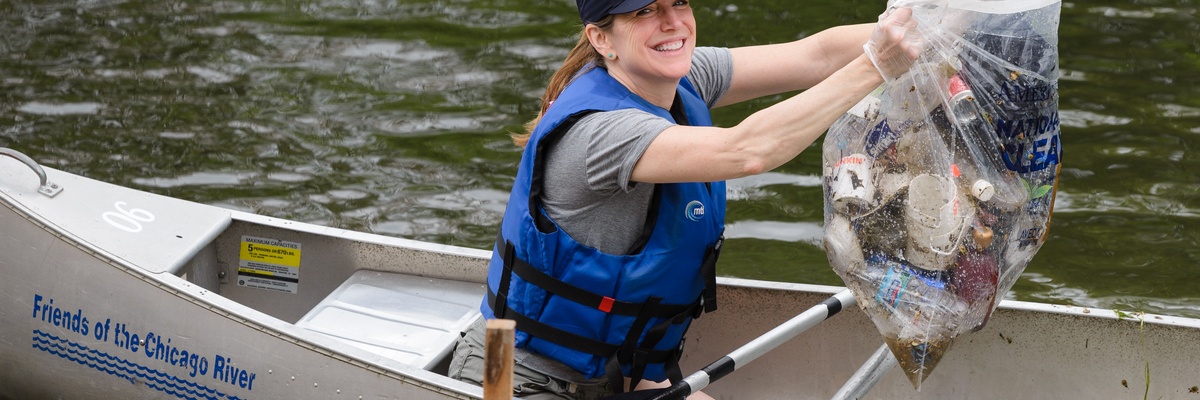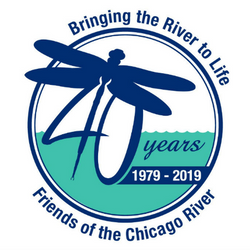Pick a day and a site
You should consider the number of volunteers and the accessibility of the clean-up location when selecting your site:
- Stay away from areas that have existing or potential safety hazards like unstable banks and busy roads.
- Be sensitive to the ecosystem. Plan a clean-up near existing trails so as not to trample native plants.
- Before making any definite plans, determine whether the land is public or private, and if you’ll need permission to host your clean-up. Ensure restroom availability.
Recruit volunteers
The more people at your event, the greater your impact can be. Volunteers will expect easy access to the clean-up site. Always remember that there are other jobs that do not require significant physical activity. These include handing out supplies, on-site registration, organizing lunch, and volunteer outreach. Encourage everyone, regardless of ability or age, to participate in the manner in which they feel most comfortable.
Prepare your volunteers by letting them know what time to arrive, what to wear, and what they will be doing. In the case of inclement weather, include a rain date or cancellation information, such as a phone number to call before the event begins. Keep track of the methods you’ve used to invite volunteers to your clean-up. Keep track of how many volunteers responded to the different outreach methods. You can use this information when planning your next river clean-up.
Engage the community
Garnering media attention can be very beneficial to your cleanup, especially as you prepare to engage the community. Media attention will help raise awareness as well as draw additional volunteers. As you plan media your outreach campaign, here are some things to keep in mind:
- Invite reporters and bloggers to attend your event.
- Mention any sponsors and/or politicians who may be attending.
- Encourage your attendees to post on their social networks and encourage live posting or tweeting during the event.
- Follow up after the event with statistics on trash removed, a general summary of the day and any photos.
- Inviting elected officials is a great way to draw attention to the river and highlight its importance to your community.
Lead the cleanup day
Here are some tips for making your cleanup day a success, both before and on the day:
- Be clear about the start time and finish time so your volunteers can plan. Gather everyone together at the start and finish.
- Always have elected officials speak early in the program, and introduce them to speak in order of importance.
- Talk about the importance of the river and helping the environment. Be sure about your mission and goals for the day.
- Identify any team leaders and whom to go in case of emergencies.
- Outline what people should not pick up (leaky batteries, chemical containers, sharp items, etc).
- Go over the schedule for the day, including the location to meet back up at the end of the clean-up and where to place the bagged and loose trash.
- Make sure everyone knows where to focus their efforts and when to stop.
- Thank everyone.
- Keep a well-stocked First Aid kit nearby. Let others know where it is kept.
- Be aware of ticks and know how to check for them.
- Know how to identify poison ivy and stinging nettle and don’t touch them.
Safety
It is important to prepare your volunteers for the hazards they might encounter on the cleanup site. Below you will find tips for on and off the water as well as how to handle various types of materials in your cleanup area. Instruct volunteers that when they are in doubt, they should notify the organizers and/or team leaders instead of handling the materials themselves.
You'll find lots more tips on handling garbage, safety and more in the Toolkit
Wrap up, celebrate & submit your findings
After your volunteers have collected all the waste and brought it to the designated area, separate the trash and recycling. Gather your volunteers and take a few pictures to document all your hard work (share your group’s photos via Instagram at @friendsofthechicagoriver). Picnic celebrations are the perfect opportunity to thank your volunteers. Share your estimated data with them so they have immediate results of their hard work to take home with them.
You'll find all the info you need on submitting your findings in the Toolkit









 "Let's get rid of the trash from the Chicago River! Its days as a sewage and shipping canal are long gone. Now it's viewed as a precious natural resource shared by businesses, kayakers and anglers, and wildlife, but still needs our help. Together through our Litter Free Chicago toolkit, get inspired to start your own cleanups in your area. Find out here how to be a Friend of the River with us."
- Joanne So Young Dill, Friends of the Chicago River
"Let's get rid of the trash from the Chicago River! Its days as a sewage and shipping canal are long gone. Now it's viewed as a precious natural resource shared by businesses, kayakers and anglers, and wildlife, but still needs our help. Together through our Litter Free Chicago toolkit, get inspired to start your own cleanups in your area. Find out here how to be a Friend of the River with us."
- Joanne So Young Dill, Friends of the Chicago River
